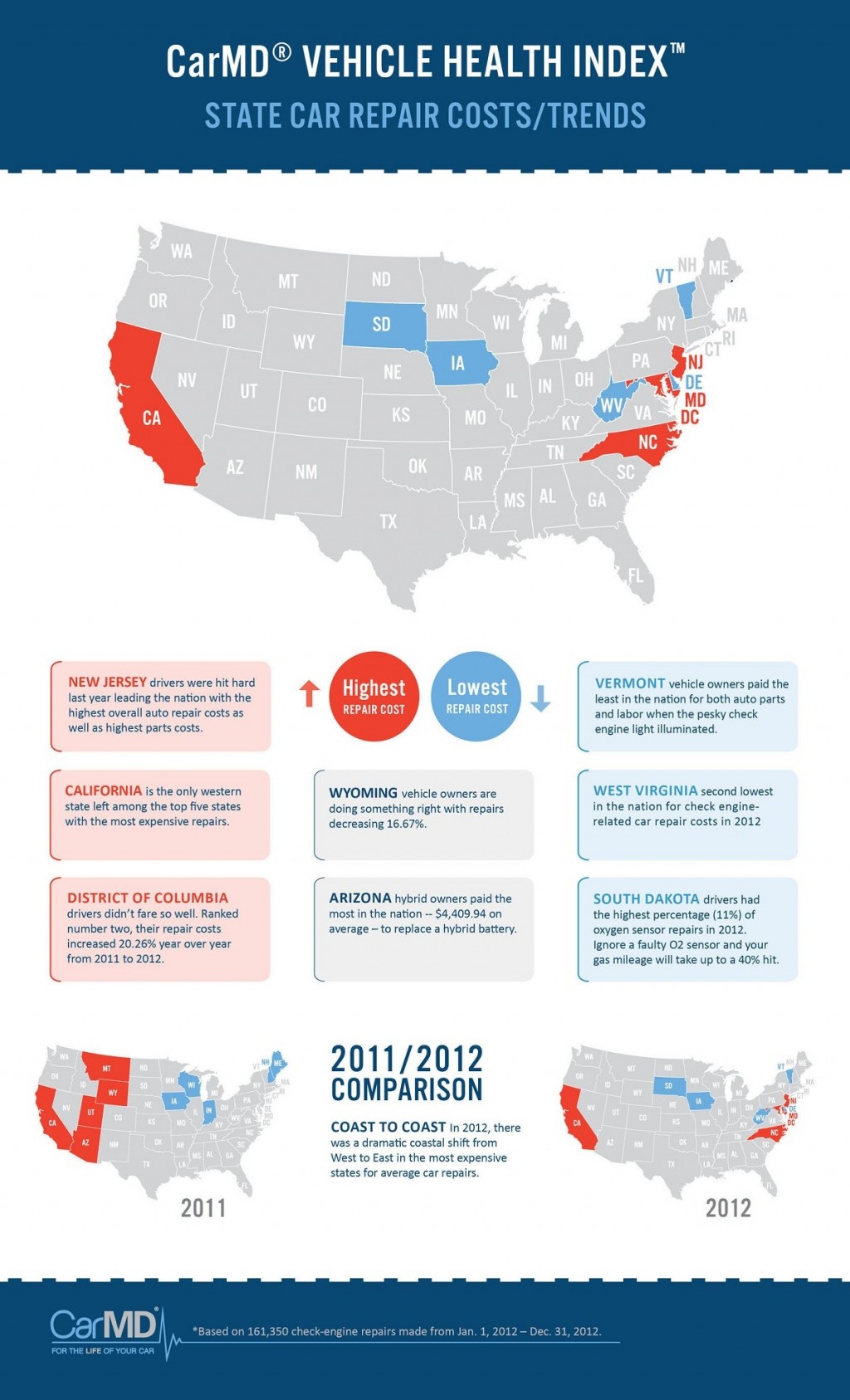Assessing Your Automobile'S Caution Indicators: What They Really Communicate
Assessing Your Automobile'S Caution Indicators: What They Really Communicate
Blog Article
Material Develop By-Higgins Stark
When you lag the wheel, those glowing warning lights on your control panel can be a bit bewildering. Do you understand what they're trying to tell you regarding your cars and truck's health and wellness? Understanding the importance of these lights is important for your safety and the long life of your car. So, the next time one of those lights appears, would not you wish to decipher its message precisely and take the essential steps to resolve it?
Common Warning Lighting and Interpretations
Identify common warning lights in your vehicle and understand their definitions to make certain secure driving.
The most regular caution lights include the check engine light, which indicates problems with the engine or discharges system. If this light comes on, it's vital to have your car inspected immediately.
The oil pressure warning light shows reduced oil pressure, needing immediate attention to avoid engine damage.
A flashing battery light could recommend a malfunctioning charging system, potentially leaving you stranded if not addressed.
The tire pressure monitoring system (TPMS) light signals you to reduced tire pressure, impacting vehicle security and gas efficiency. Disregarding this can bring about risky driving conditions.
The abdominal light suggests a problem with the anti-lock stopping system, compromising your capacity to stop quickly in emergencies.
Last but not least, the coolant temperature warning light warns of engine getting too hot, which can result in serious damage if not solved promptly.
Recognizing these typical warning lights will certainly help you address problems immediately and preserve risk-free driving problems.
Relevance of Prompt Focus
Recognizing the typical caution lights in your vehicle is just the first step; the importance of immediately resolving these cautions can't be emphasized sufficient to guarantee your security on the road.
When a warning light brightens on your control panel, it's your vehicle's way of interacting a prospective problem that requires attention. Disregarding these cautions can result in much more severe issues down the road, endangering your safety and security and potentially costing you a lot more in repairs.
Prompt interest to alerting lights can avoid malfunctions and crashes. As an example, a flashing check engine light might show a misfire that, if left unattended, could trigger damage to the catalytic converter. Resolving this promptly can conserve you from a costly repair service.
Similarly, a brake system cautioning light may signal low brake liquid or used brake pads, critical elements for your safety when driving.
Do It Yourself Troubleshooting Tips
If you discover a warning light on your dashboard, there are a few do it yourself troubleshooting tips you can try prior to looking for professional help.
The very first step is to consult your automobile's handbook to understand what the certain caution light indicates. In some cases the concern can be as easy as a loosened gas cap setting off the check engine light. Tightening alpha detailing may fix the issue.
Another common concern is a low battery, which can trigger various warning lights. Inspecting the battery connections for corrosion and ensuring they're protected may repair the issue.
If a warning light lingers, you can attempt resetting it by separating the cars and truck's battery for a few minutes and after that reconnecting it. Furthermore, examining your car's liquid degrees, such as oil, coolant, and brake liquid, can assist fix advising lights connected to these systems.
Final thought
To conclude, recognizing your vehicle's caution lights is essential for keeping your car running smoothly and securely. By promptly resolving these alerts and knowing what they indicate, you can prevent pricey fixings and potential break downs.
Keep in mind to consult your cars and truck's guidebook for particular details on each warning light and act accordingly to guarantee a hassle-free driving experience.
Keep notified, remain safe when driving!
